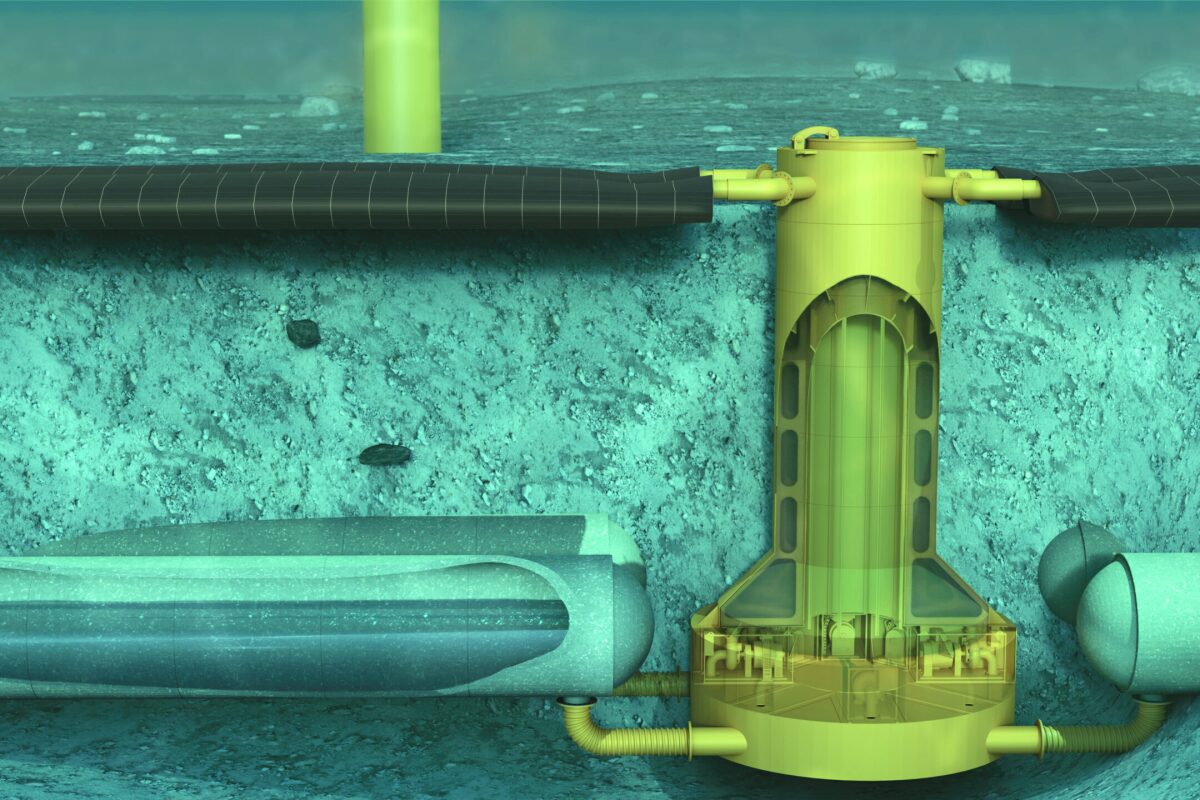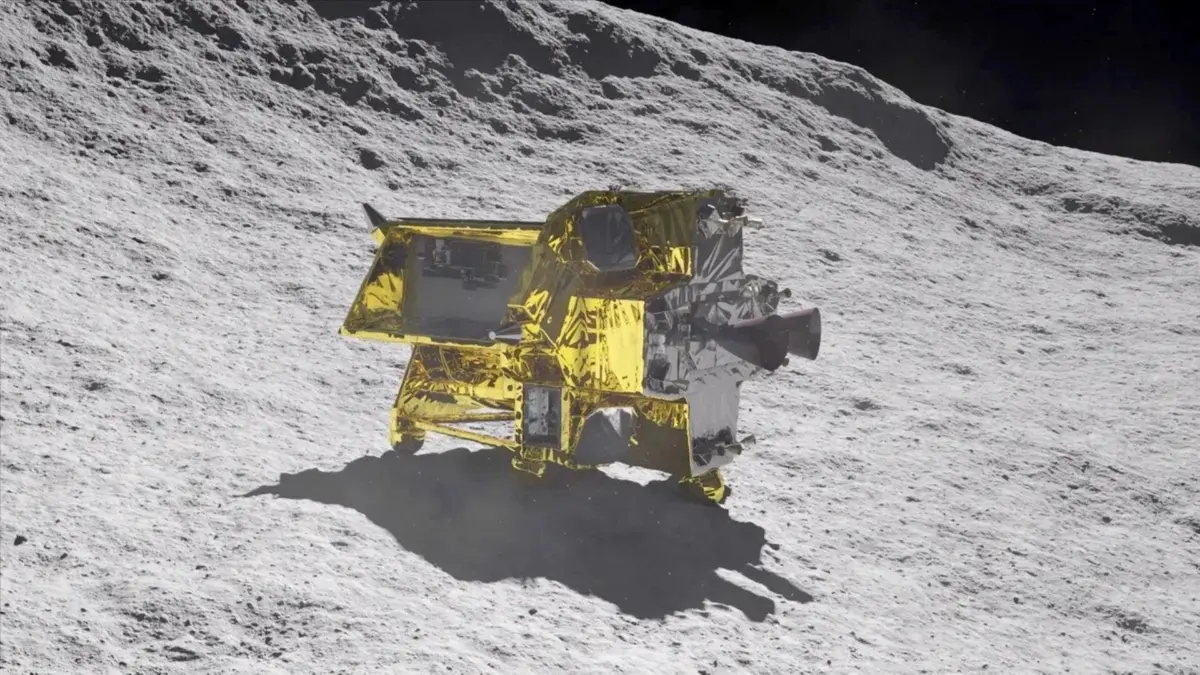A recent study suggests a potential connection between China’s efforts to reduce air pollution and the warming of the Pacific Ocean. The research indicates that the decrease in aerosol emissions, primarily caused by pollution, may be contributing to heat waves in the northeast Pacific.
But How China’s Pollution Reduction Efforts Impact the Pacific
Aerosols are tiny particles resulting from pollution and have the ability to deflect sunlight away from Earth. With fewer aerosols present, the Earth absorbs more heat, potentially leading to increased temperatures in the Pacific region.
The findings indicate a significant relationship between the reduction of aerosol emissions in China and the onset of heat waves in the Pacific. Researchers at Ocean University of China shed light on this potential consequence of air pollution control efforts. Computer simulations further supported this connection, demonstrating that decreased aerosols correlated with higher temperatures in the region.
Aerosols, tiny particles suspended in the atmosphere, can reflect sunlight back into space, contributing to a cooling effect. The study found that a significant decrease in sulfate aerosols, a type of air pollutant linked to industrial activity, coincided with a rise in sea surface temperatures in the region.
The researchers utilized climate models to simulate two scenarios: one with stable East Asian emissions and another reflecting an observed decrease. The models showed that reduced aerosol levels correlated with the formation of heat waves in the northeast Pacific.
While the study doesn’t definitively prove causation, it highlights a complex interplay between air pollution control and climate. Reducing air pollution is crucial for public health, but the findings suggest potential secondary effects on regional weather patterns that require further investigation.






